18 Beloved Cartoons That Defined ’50s And ’60s Childhoods We Can’t Let Go Of
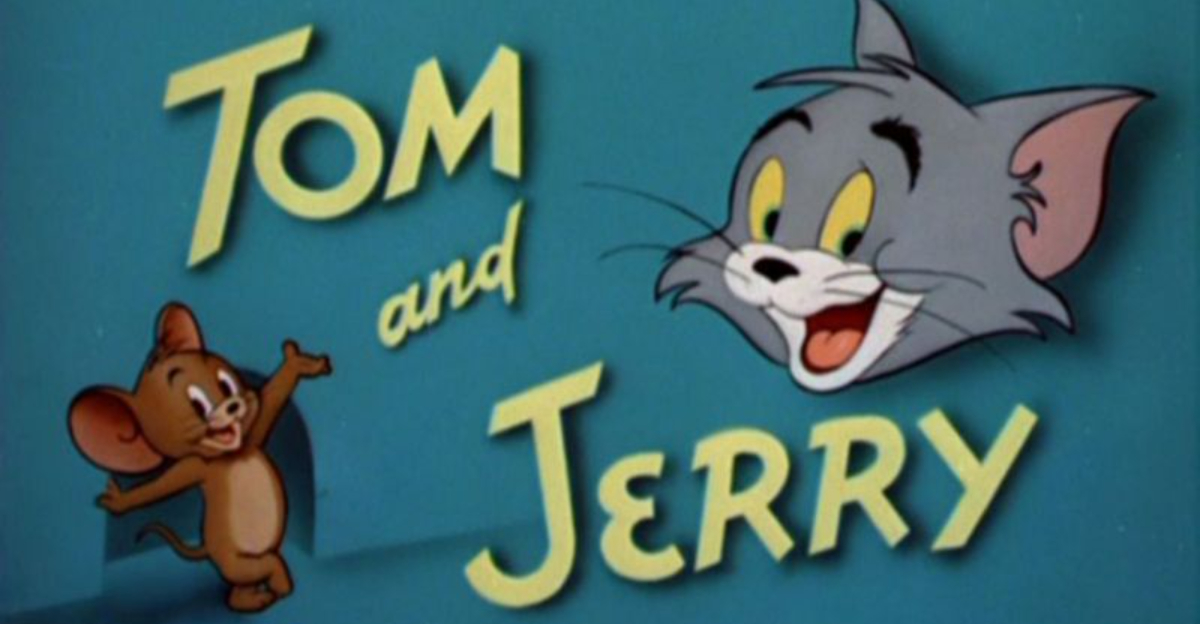
Remember those lazy Saturday mornings, sprawled out on the living room carpet with a bowl of cereal in hand, eyes glued to the flickering black-and-white TV screen? The world outside could wait—this was cartoon time.
Growing up in the 1970s, I was part of a generation that discovered the magic of golden-age animation through reruns of classics from the ’50s and ’60s. These weren’t just cartoons—they were portals to fantastical worlds, where animals talked, heroes always triumphed, and mischief led to valuable lessons.
Characters like Bugs Bunny, Popeye, and The Flintstones danced across the screen, bringing joy, laughter, and sometimes a surprising bit of wisdom. Those shows didn’t just fill time; they sparked creativity, encouraged imagination, and connected kids across neighborhoods and generations.
Looking back, they weren’t just entertainment—they were part of our cultural fabric, shaping the way we saw the world and how we dreamed within it.
1. The Flintstones’ Stone Age Shenanigans
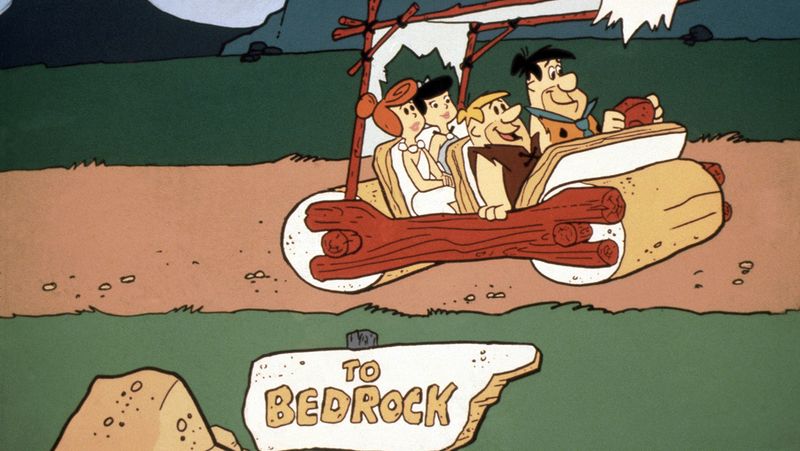
Fred’s iconic “Yabba Dabba Doo!” still echoes in my mind whenever I successfully finish a tough project. The modern Stone Age family revolutionized prime-time animation when they debuted in 1960, becoming the first animated series to hold a coveted evening slot.
I remember begging my mom for Flintstones vitamins just to collect all the characters. The show’s brilliant blend of prehistoric settings with 1960s suburban problems created a timeless appeal that transcends generations.
From Fred’s bowling antics to Wilma’s eye-rolling patience, these cave-dwelling neighbors gave us prehistoric versions of everyday life that somehow made our modern problems seem less serious. The foot-powered cars and dinosaur appliances sparked my childhood imagination in ways no other show could match.
2. Bugs Bunny’s Carrot-Chomping Comebacks
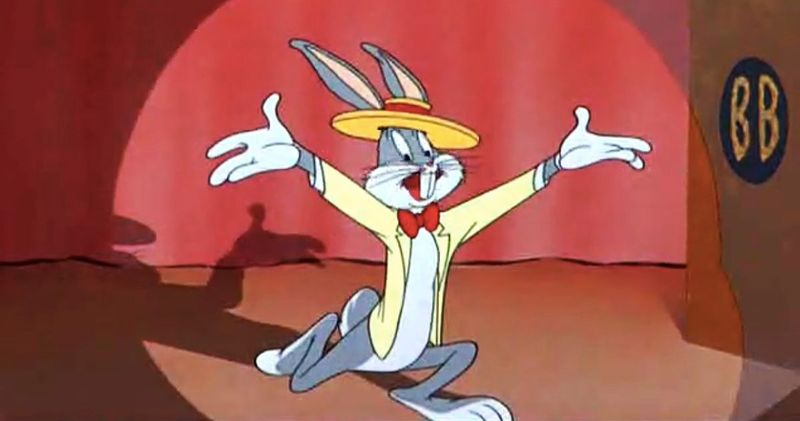
“What’s up, Doc?” became my go-to greeting throughout elementary school thanks to this wise-cracking rabbit. Bugs Bunny’s nonchalant confidence while outsmarting Elmer Fudd taught me more about handling bullies than any school counselor ever could.
The relaxed rabbit first appeared in the early 1940s but reached peak popularity during the ’50s and ’60s. My grandfather would tell stories about watching Bugs Bunny cartoons at movie theaters before the main feature.
Something magical happened when that gray hare popped from his burrow, carrot in hand. His Brooklyn accent, unflappable demeanor, and masterful manipulation of his opponents made him the ultimate cartoon hero. No matter how many times I’ve seen him trick Yosemite Sam or Daffy Duck, I still laugh at his perfectly timed wisecracks.
3. Tom and Jerry’s Chaotic Chase
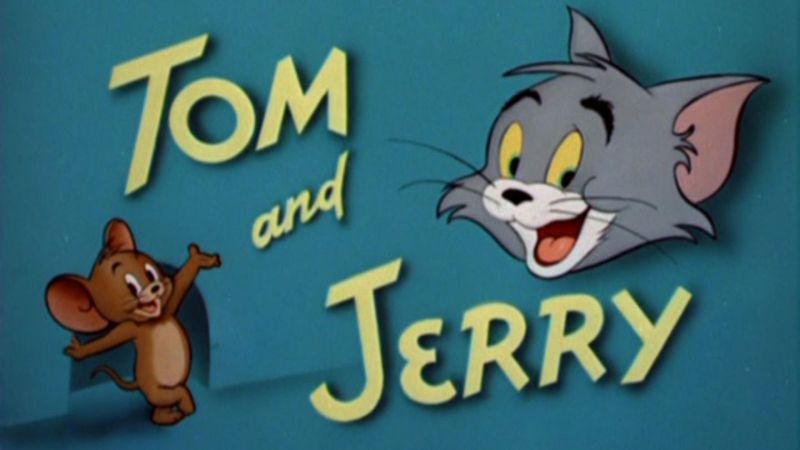
Watching these two frenemies destroy an entire house during their endless pursuit provided my first lessons in slapstick comedy. Created by William Hanna and Joseph Barbera, this cat-and-mouse duo rarely spoke, proving that actions speak louder than words—especially when those actions involve frying pans to the face.
My cousins and I would recreate Tom and Jerry scenarios during family gatherings, much to our parents’ dismay. The simplicity of their conflict—cat chases mouse, mouse outsmarts cat—somehow never grew stale across hundreds of episodes.
The exaggerated physics of their world fascinated me: Tom flattened by a steamroller only to pop back to normal in the next scene. Their relationship contained surprising depth too, with rare moments of friendship amid their eternal conflict. Those occasional truces taught me that even rivals can find common ground when necessary.
4. Popeye’s Spinach-Powered Strength

Spinach sales skyrocketed whenever this sailor man flexed on screen! As a picky eater, I actually tried spinach because Popeye made it look like magic. His animated adventures began in the 1930s but remained wildly popular throughout the ’50s and ’60s through syndication.
The squinty-eyed sailor with impossible forearms taught kids about standing up to bullies (namely Bluto) and fighting for what’s right (usually Olive Oyl). My dad would imitate Popeye’s mumbled speech whenever he wanted me to eat my vegetables.
Beyond the spinach gimmick, Popeye represented working-class heroism with his simple values and straightforward approach to problems. His catchphrase “I am what I am” became an early lesson in self-acceptance for millions of children. Plus, those bizarre supporting characters like Wimpy and Swee’pea added delightful weirdness to his nautical world.
5. The Jetsons’ Futuristic Family Fun
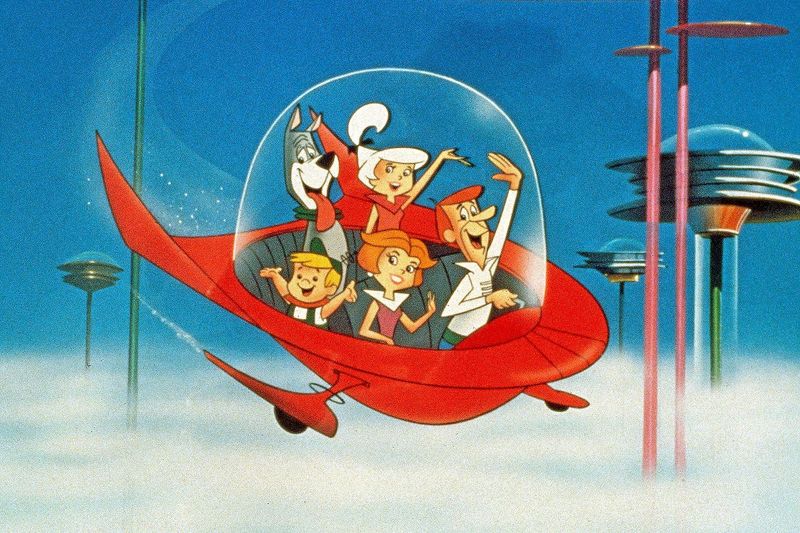
Flying cars and robot maids seemed just around the corner after watching George Jetson commute to Spacely Sprockets! This space-age counterpart to The Flintstones captivated me with its optimistic vision of life in 2062.
My brother and I would pretend our beds were flying cars, making whooshing noises as we imagined zooming through skyways. The show’s predictions about video calls, smart watches, and automated homes seemed far-fetched in the 1960s but eerily accurate today.
Jane’s push-button meal preparation made my mom laugh about how cooking might evolve. Astro the dog talking in his R-heavy dialect became our family’s way of communicating with our own pets. While the show only ran for one season originally, its reruns throughout the ’60s cemented its place in cartoon history and fueled my lifelong fascination with how technology might shape family life.
6. Yogi Bear’s Picnic Basket Heists
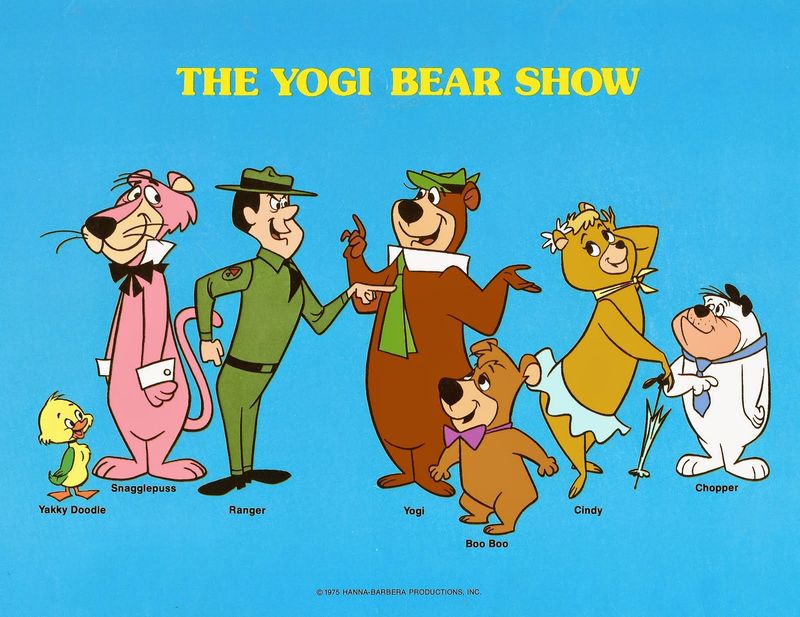
“I’m smarter than the av-er-age bear!” boasted Yogi, though his schemes to swipe picnic baskets at Jellystone Park usually ended in comical failure. My family’s first camping trip was filled with Yogi Bear references and paranoid picnic basket guarding.
Ranger Smith’s exasperation with Yogi’s antics mirrored my parents’ reactions to my own childhood mischief. The tie-wearing bear and his sidekick Boo-Boo created a template for countless cartoon duos that followed—the ambitious troublemaker paired with a cautious friend.
Debuting in 1958, Yogi captured the growing American interest in national parks and outdoor recreation. His adventures reflected the post-war boom in family vacations and camping. The character was so popular he quickly earned his own series separate from The Huckleberry Hound Show where he originated. Whenever I see a park ranger now, I still fight the urge to ask about pic-a-nic baskets.
7. Rocky and Bullwinkle’s Cold War Comedy
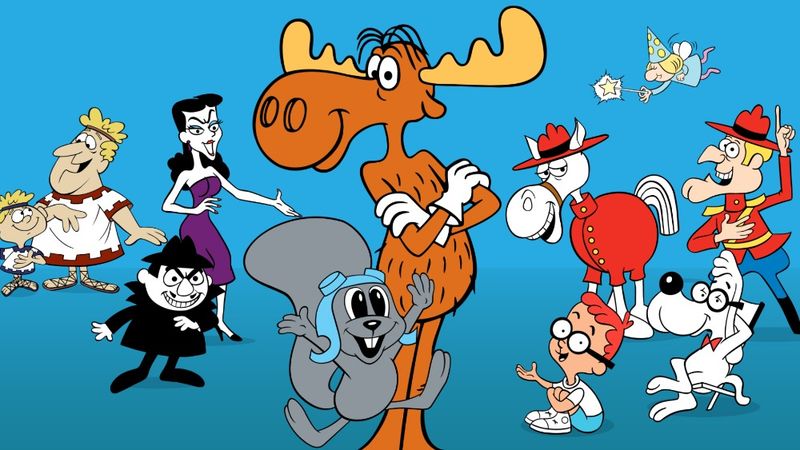
Moose and squirrel versus Boris and Natasha—this unlikely duo tackled Cold War tensions with pun-filled adventures that worked on multiple levels. As a kid, I loved the slapstick; rewatching as an adult, I finally caught the sophisticated political satire woven throughout.
The show’s narrator would leave us hanging with ridiculous episode titles like “Avalanche is Better Than None” or “The Guns of Abalone.” My dad would laugh at different jokes than I did, making this truly family entertainment despite its sophisticated wordplay.
Created by Jay Ward, this series broke the fourth wall regularly, with characters addressing viewers directly long before it became common in animation. The deliberately limited animation style contrasted with Disney’s lush visuals, focusing instead on sharp writing and memorable characters. Those ridiculous cliffhangers between segments taught me the art of the groan-worthy pun that I still inflict on friends today.
8. Scooby-Doo’s Mystery-Solving Munchies
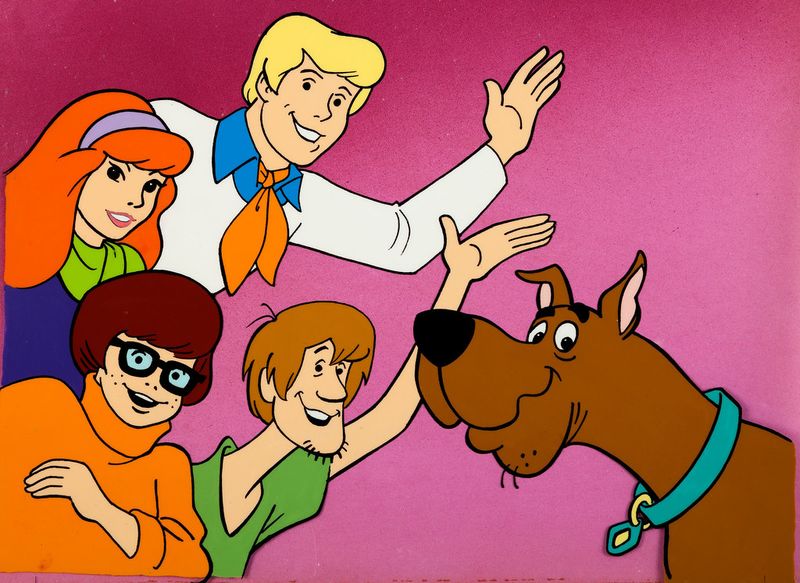
Zoinks! Those meddling kids and their talking Great Dane taught me that monsters are usually just regular people in masks. Premiering in 1969, Scooby-Doo capped the ’60s cartoon era with a formula that would run for decades.
My childhood dog was named Scooby in honor of this cowardly canine hero. The show’s perfect blend of spooky settings and comedic relief created a safe way for kids to experience thrills without genuine terror. I’d huddle under blankets during the ghost chase scenes, then laugh when Scooby and Shaggy inevitably crashed into each other.
The Mystery Machine van became an iconic symbol that still appears on merchandise today. Each character fulfilled a specific role—Fred the leader, Daphne the danger-prone, Velma the brain, and Shaggy and Scooby as the reluctant heroes motivated by snacks. Their pattern of splitting up to search for clues became a running joke in my family whenever we lost something in the house.
9. Wile E. Coyote’s Acme Mishaps
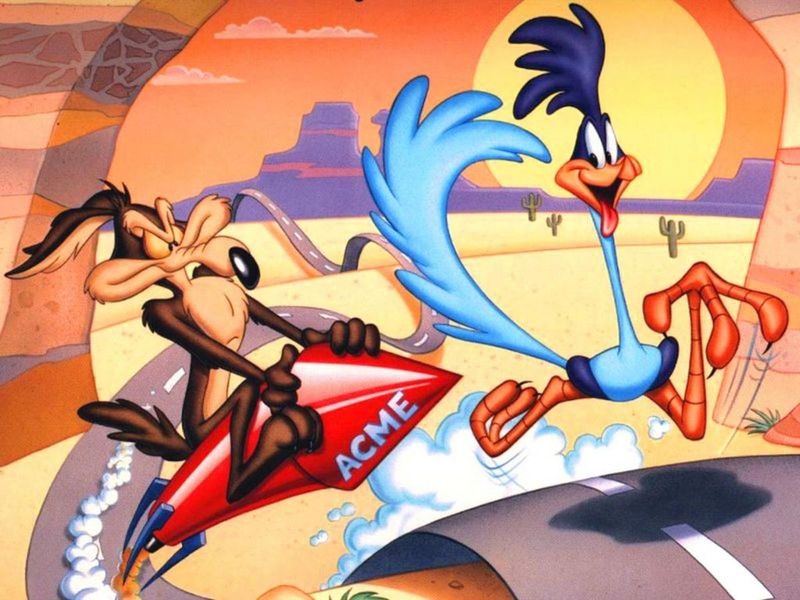
Gravity became my first-understood scientific principle thanks to this determined predator’s countless falls into desert canyons. The Roadrunner’s “meep meep” taunted not just the coyote but generations of children who rooted for the underdog despite his inevitable failures.
Wile E. Coyote’s elaborate Acme contraptions fascinated me as a kid. I’d sketch my own impossible machines in school notebooks, planning how I might finally help him catch that speedy bird. Director Chuck Jones created these mostly dialogue-free shorts with universal appeal that transcended language barriers.
The coyote’s brief moments of fourth-wall awareness—those resigned looks to the audience before plummeting—taught me about comic timing. His endless optimism despite catastrophic failures became a strangely inspiring life lesson. No matter how many anvils fell on his head or how many cliffs he ran off, he always returned with a new plan and unwavering determination.
10. Woody Woodpecker’s Manic Laughter

That unforgettable three-part laugh still triggers immediate recognition across generations! I practiced Woody’s signature cackle until my mother threatened to send me to my room. Created by Walter Lantz, this red-headed bird’s hyperactive antics and troublemaking personality made him a standout character in animation history.
Woody’s early appearances in the 1940s evolved into a gentler character by the ’50s and ’60s, when his theatrical shorts were packaged for television. My grandmother remembered seeing Woody Woodpecker cartoons in movie theaters before television became widespread.
The bird’s ability to drive opponents to madness with his relentless pecking and pranks satisfied my childhood sense of justice against authority figures. His theme song became so recognizable that humming just a few notes would immediately identify the character to anyone. Unlike more straightforward heroes, Woody walked a line between protagonist and antagonist, sometimes deserving the trouble he received.
11. Quick Draw McGraw’s Western Whimsy
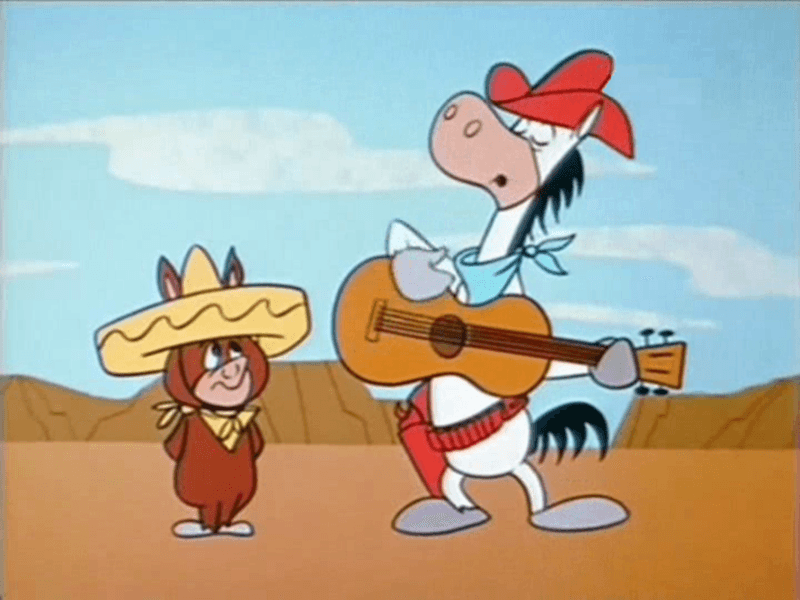
Hold on thar, pardners! This horse sheriff and his burro deputy Baba Looey galloped into our hearts with Western adventures that parodied TV cowboy shows dominating 1950s television. My grandfather, a huge Western movie fan, would watch these with me during weekend visits.
Quick Draw’s alter-ego El Kabong—a Zorro parody who attacked villains with a guitar while yelling “KABONG!”—became a playground game where we’d pretend to bonk each other with imaginary instruments. The character’s slow-witted but well-meaning personality made his heroics even more endearing.
Hanna-Barbera created this equine lawman during animation’s transition to television, using limited animation techniques that became their signature style. The show’s blend of Western tropes and cartoon physics created a unique comedy style. Quick Draw’s catchphrase “I’ll do the thinnin’ around here” perfectly captured his lovable incompetence as he bumbled through solving crimes in the Wild West.
12. Casper the Friendly Ghost’s Kind Haunting
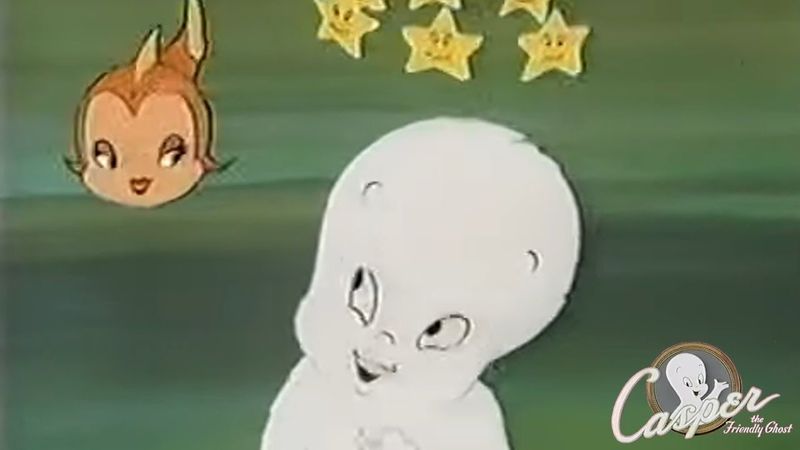
“Don’t run away! I’m a friendly ghost!” pleaded this transparent tyke who just wanted friends despite his spooky appearance. Casper taught me my first lesson about not judging others based on appearances or preconceptions.
His gentle nature contrasted sharply with his troublemaking ghost uncles—Stretch, Stinkie, and Fatso. I remember feeling genuine sadness at Casper’s repeated rejection by scared humans, making his eventual friendships all the more heartwarming.
Originally appearing in theatrical shorts in the 1940s, Casper found his biggest audience through television in the ’50s and ’60s. The character’s origin story—why he was a ghost and why he remained a child—was purposely vague in these early cartoons, focusing instead on his adventures. His friendly demeanor made him the perfect introduction to supernatural concepts for young viewers who might otherwise find ghosts too frightening.
13. Huckleberry Hound’s Southern Charm
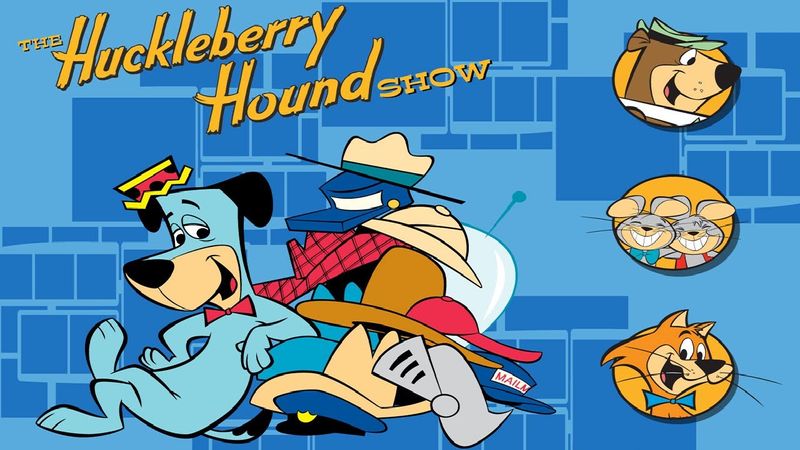
“Oh my stars and garters!” exclaimed this blue dog with the molasses-thick Southern drawl whenever he encountered trouble. Huckleberry Hound’s relaxed approach to life’s challenges made him the cartoon embodiment of unflappable cool.
The character won animation’s first Emmy Award in 1960, legitimizing television cartoons as an art form. My dad would mimic Huck’s slow Southern drawl when telling bedtime stories, making this character part of our family’s private language.
Voice actor Daws Butler based the character’s accent on North Carolina TV host Arthur Smith, creating a distinctive personality that stood out among louder, more manic cartoon characters of the era. Huck tried various occupations throughout his episodes—from lion tamer to policeman to knight—bringing his easy-going attitude to each profession. His gentle, non-violent humor provided a calm contrast to the more frenetic cartoons filling Saturday morning lineups.
14. Tweety Bird’s Deceptive Innocence

“I tawt I taw a puddy tat!” chirped this seemingly helpless yellow canary who repeatedly outsmarted Sylvester the cat. Tweety’s big-eyed innocence masked a surprisingly clever and sometimes vengeful nature that delighted me as a child.
Grandma would call me her “little Tweety Bird” when I was being particularly sweet (or deceptively so). The contrast between Tweety’s baby-talk voice and his ability to inflict painful comeuppances on Sylvester created comedy gold that worked across generations.
Animator Bob Clampett created Tweety in 1942, but Friz Freleng developed the classic Tweety/Sylvester dynamic that reached its height in the ’50s. Tweety’s catchphrase became so popular that people still use it today when spotting something unexpected. The bird’s seemingly helpless appearance made his victories over the much larger cat all the more satisfying, teaching kids that size doesn’t determine strength.
15. Deputy Dawg’s Southern Sheriff Shenanigans
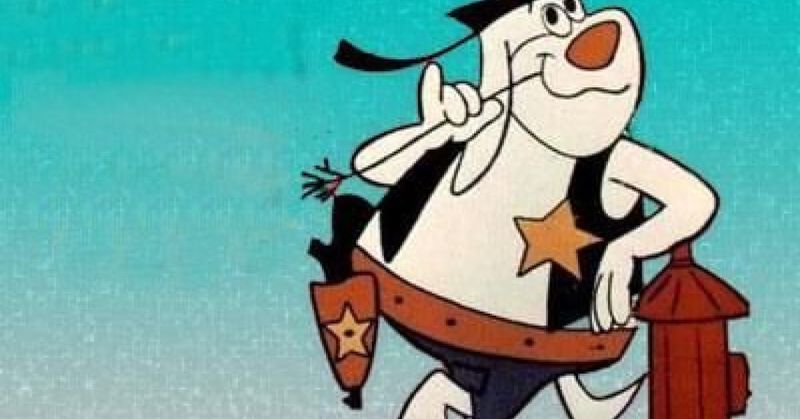
Law enforcement never looked so lazily entertaining as when this sleepy-eyed canine deputy attempted to maintain order in Muscadine County. My uncle, a small-town police officer, good-naturedly endured our Deputy Dawg comparisons whenever he visited in uniform.
The character’s slow Southern drawl and tendency to nap on the job resonated with kids who recognized adult hypocrisy about work ethic. His frequent battles of wits with troublemaking mice Muskie and Vince usually left the deputy outsmarted but determined to try again.
Created by Terrytoons and first broadcast in 1960, Deputy Dawg represented a gentler form of authority figure than most cartoons portrayed. His unhurried approach to problem-solving provided a counterpoint to the era’s faster-paced cartoons. The show’s rural Southern setting offered viewers a glimpse of country life that contrasted with the suburban settings of many other animated series.
16. Felix the Cat’s Magical Bag of Tricks
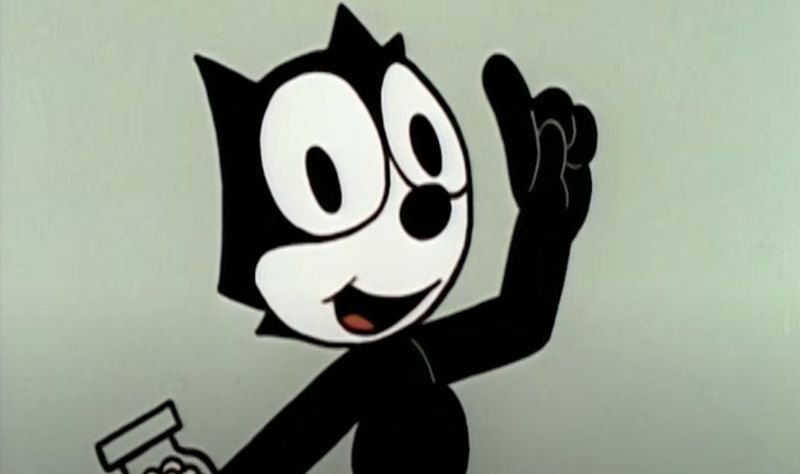
Television test patterns featured this black cat before regular broadcasting even began! Felix’s iconic bag of tricks—which could transform into anything he needed—sparked my imagination about having my own magical solution to childhood problems.
Though Felix originated in the silent film era of the 1920s, his revival in the late ’50s introduced him to a new generation through television. The character’s simple design—black body, huge grin, and big eyes—made him instantly recognizable even on the grainy black-and-white TVs of the era.
My older relatives remembered Felix from their childhoods, creating a rare cross-generational cartoon connection. His theme song with its “Felix the Cat, the wonderful, wonderful cat” lyrics became permanently etched in my brain. The character’s ability to face any challenge with his magical bag taught kids about creative problem-solving, while his optimistic personality encouraged a positive outlook even in difficult situations.
17. Magilla Gorilla’s Pet Shop Predicament
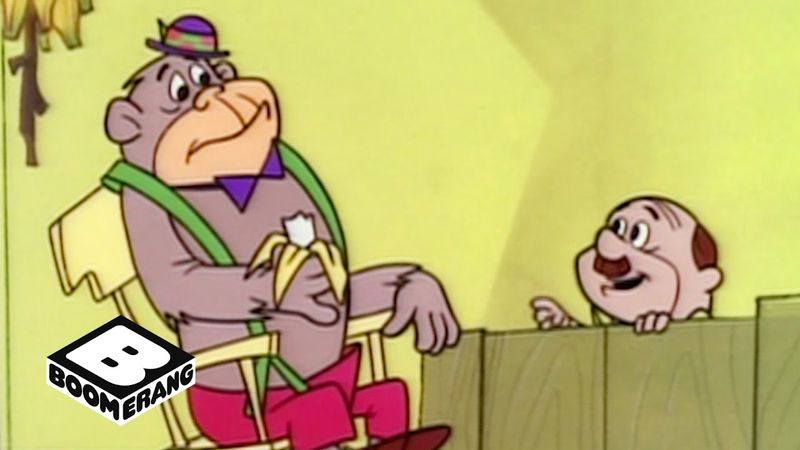
“Don’t you want a gorilla you can call your own?” Mr. Peebles would ask potential customers, desperately trying to sell the purple-shirted ape who cost too much to feed. Magilla’s repeated returns to the pet shop window pulled at my heartstrings while making me laugh.
The gentle gorilla’s purple shirt, green bow tie, and red suspenders created a fashion statement I briefly tried to emulate for school picture day (minus the fur). His optimism despite constant rejection taught a subtle lesson about maintaining dignity and hope during disappointment.
Debuting in 1964, Magilla Gorilla continued Hanna-Barbera’s successful formula of anthropomorphic animals in human situations. The show’s premise—a pet shop owner trying to sell an expensive gorilla—reflected the exotic pet crazes of the era. Little girl Ogee’s love for Magilla, always rescuing him from unsuitable owners, provided the emotional heart beneath the comedy.
18. Underdog’s Superhero Surprises
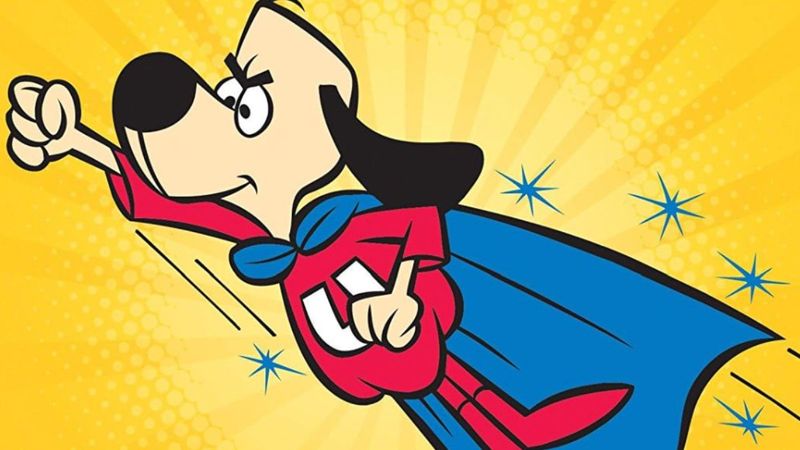
“There’s no need to fear, Underdog is here!” proclaimed this mild-mannered shoe-shining dog whenever he transformed into a caped crusader. My first superhero obsession began with this rhyming canine who kept his superpowers hidden in a secret compartment inside his ring.
Created during the superhero craze of the mid-1960s, Underdog parodied Superman with his secret identity, similar powers, and devoted love interest Sweet Polly Purebred. I’d tie a towel around my neck as a cape and practice Underdog’s rhyming speech pattern during backyard adventures.
The show’s villains like Simon Bar Sinister and Riff Raff provided memorable adversaries with distinctive personalities. Underdog’s tendency to cause as much destruction saving the day as the villains created was an early lesson in unintended consequences. His bumbling heroics made him more relatable than perfect superheroes, showing that even flawed individuals could rise to greatness.
